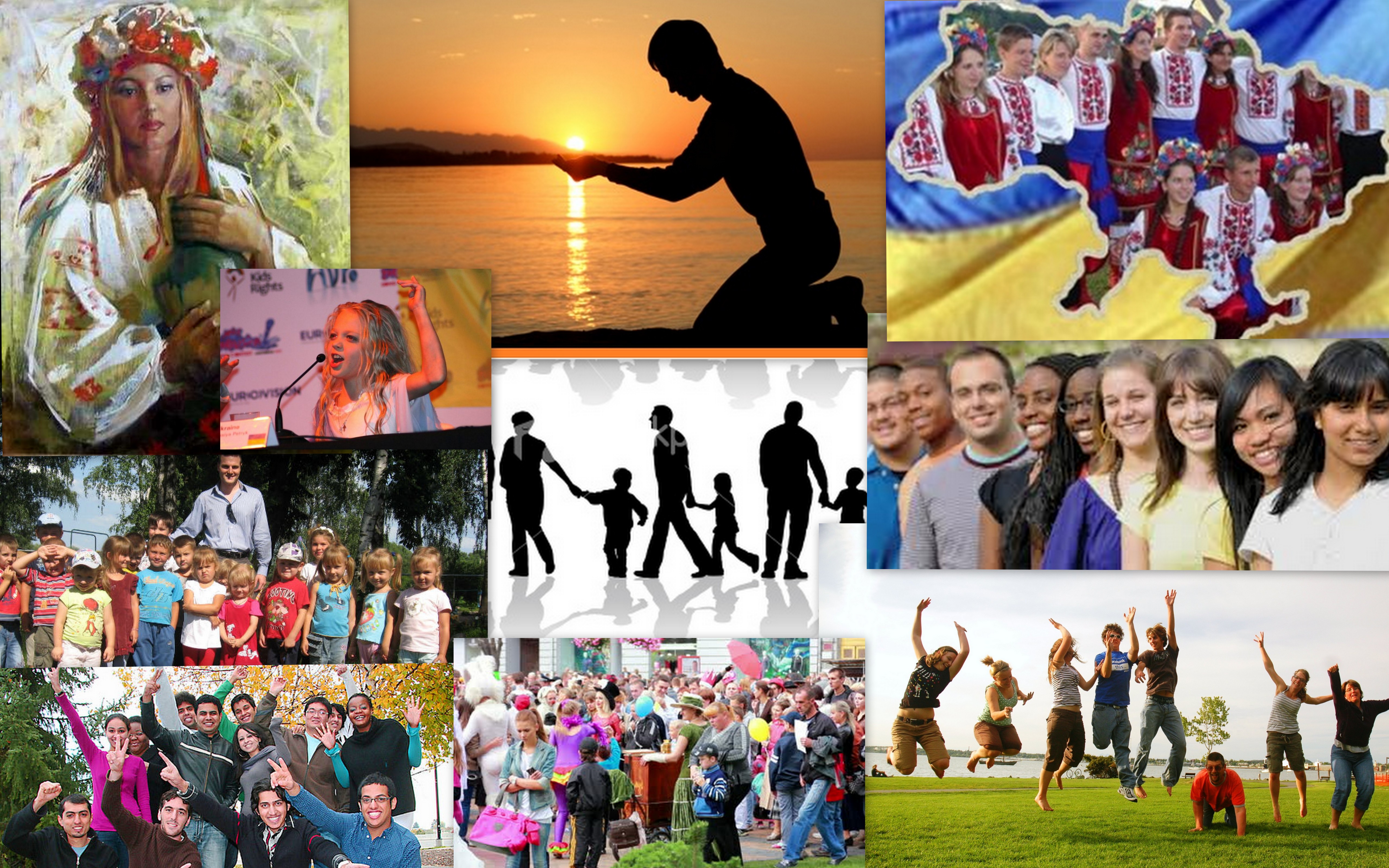“Scholars will study Ukrainian President Volodymyr Zelenskyy’s leadership style in the future” experts told Insider magazine.
Nearly 40 European lawmakers petitioned the Nobel committee to include Zelenskyy for the Nobel Peace Prize nomination.
“Zelenskiy is moving the goalposts on what a modern world leader looks and acts like.”
He is not aloof and emotionless. He has a law degree but is an actor who played the president of Ukraine. Zelinskyy stood his ground in his reply to US Pres. Joe Biden: “ I don’t need a ride. I need ammunition.”
Social media played his response over 20 million times.
Zelinskyy departed from a traditional look; not shaving while wearing green t-shirts, eschewing a suit and tie. This is suggested to make him easy to relate to and approachable.
He addresses his audience in three languages fluently: Ukrainian, Russian and English.
Zelenskyy uses social media copiously, speaking on the streets of Kiev via Twitter. He uses storytelling, short sentences which are considered aggressive. He is visible and expresses whatever emotion is available including fear, grief, exasperation, enthusiasm, and passion for Ukraine’s success.
Informational model
The informational model of teaching leadership suggests that we keep a binder and whenever we find ourselves in the situation where our country is under attack we know exactly what to do. In our binder we would also find examples of Mother Teresa, Mahatma Gandhi, Martin Luther King and so on. Of course, we will face the problem of our circumstances and situations being different than our role models’. In addition we will be needing to make decisions on the spot, on-the-fly, in the moment and our library of responses likely won’t be at hand.
In our day-to-day living we have leadership opportunities in relationship to ourselves, our significant others, our family, our communities, our countries and all the way out to our planet, and beyond.
It’s not likely to be appropriate to dress in army greens every day and we won’t be addressing to world fluently in three different languages. What is called for is however, operating consistent with these extraordinary examples of leadership. One way of being, while under siege, is distinct from another way of being and acting when different circumstances are confronted.
To make it ours
What we need is a framework that is automatic, a framework that uses us like balance uses a bicycle rider. To take the time to think and plan and then act like someone else will take far too long and can not be assured of being appropriate even if executed flawlessly.
This way of being and acting in all circumstances in our lives is available in the Being A Leader Course: An Ontological and Phenomenological approach. That is the promise of the course.
How can the be done? A contextual framework. It is a context that uses you and that conversation continues here. here. and here.
It will be possible to map these abstractions and distinctions back onto these and other extraordinary leaders. And their way of being and acting will be available to you regardless of the situations you find yourself in a leadership role. (You are ALWAYS in a leadership role).

